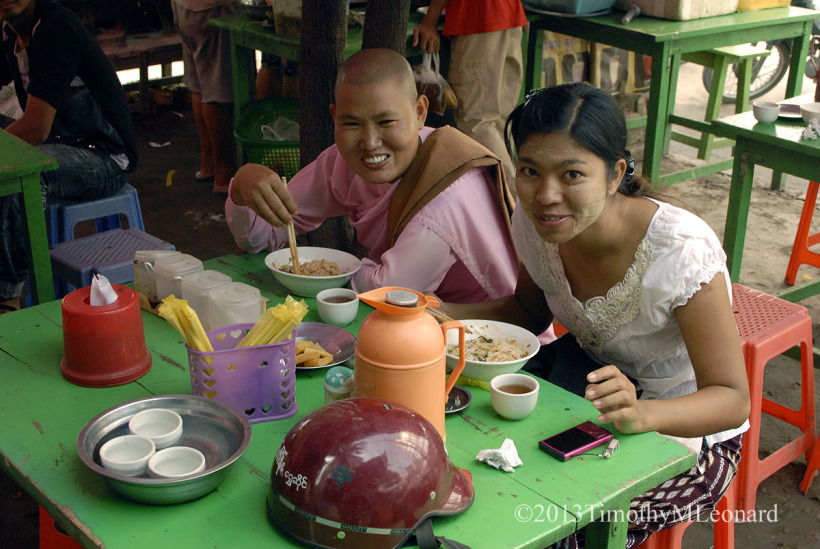my cremation
Sekala, what is seen. Nisekala, what is unseen.
After chopping wood and carrying water I returned to Monkey Forest in Ubud, Bali for my cremation ceremony.
It was the best decision I ever made.
Everyday is a celebration.
The family tended my corpse for seven days, washing it with holy water, rubbing it down with rice flour, turmeric, salt, vinegar, and sandalwood powder. Shreds of mirrored glass - banten sutji - were placed on my eyes, pieces of steel on my teeth, a gold ring with a ruby on my mouth, and jasmine flowers on my nostrils. My four limbs received iron nails symbolizing perfect senses allowing rebirth as a stronger and more beautiful human being.
Since the 13th century every Balinese liberated their soul through cremation to heaven for judgment and rebirth in their grandchildren. Failure to liberate the soul haunted descendants as a ghost.
My corpse was wrapped in a white cloth, a straw mat and tightly bound with more white cloth on a rante of split bamboo. On cremation day it was placed in a tower constructed of wood and bamboo covered in rattan, decorated with colored paper, ornaments, glittering tinsel, and small mirrors. The tower represented the Balinese conception of the cosmos.
In a series of layers were bamboo platforms. The base signified the underworld with three ascending platforms representing the visible world, a pavilion for the body, and the tumpang or heavens.
French, German, American, British, and Japanese tourists wearing ceremonial sarongs holding camcorders and 35mm cameras mingled with local food and drink sellers. A Balinese man sold film from a suitcase. Women hustled soft drinks, water, and carved ebony statues. Local children trailed an ice cream man.
Festive crowds climbed crumbling moss covered earthen walls in Pedang Tagal anticipating my body exiting the family home. A towering ceremonial black bull waited as people gathered at the junction of two narrow dusty roads in sweltering heat.
My body was carried out and placed on the golden pavilion behind the 15’x15’ bull.
Women in ceremonial dress led a procession balancing effigies and offerings of fruits, rice and vegetables.
Forty yelling, screaming men in black and white checkered sarongs lifted the bamboo platform onto their shoulders. Laughing, they ran down the road jostling the bull back and forth in erratic semicircles to confuse angry spirits. Jubilant villagers doused the carriers and bull with streams of water. People stopped cooking, resting, working, and painting. They emerged from walled compounds to witness the ceremony.
My widow and children waited with 100 people in Monkey Forest. Noise and confusion mixed with laughter as the black bull and golden tower entered a clearing. The men struggled up a steep dirt hill under the weight.
The bull was placed under a cremation platform - bale pabasmian - constructed of bamboo with a white sky cloth and gold tinsel roof. Reeds secured the bull on four corner poles. The music stopped.
Women worked the crowd selling water and soft drinks in searing heat. Tourists replaced film.
Men cut the bull’s back open with a large knife under the sky pavilion and removed a section. I was lowered from the tower accompanied by cymbals, drums and clanging instruments. Women circled three times around the bull with offerings.
Hot, tired, sweaty, laughing men lifted me up and passed it to a group near the bull. They lowered it inside. My widow placed family heirlooms on my corpse. Forest monkeys chattered overhead. A black and white butterfly danced in fractured light.
A Brahmin priest in black stood on scaffolding singing and chanting prayers with my family. They cut a string binding white cloth, poured holy water from clay pots over me, passing them to a family member who smashed them on the ground.
The priest accepted a flowering plant and sprinkled soil on me. Another man added yellow silk. People handed them family items wrapped in white cloth to be placed inside. More clay pots were emptied on my form and destroyed on earth.
A tourist in the shade wrote a postcard.
A family member took a final photograph of me. An effigy of reeds and tinsel was dismantled and placed on me. The lid was replaced on the bull and secured with bamboo lashed diagonally across the corners.
Someone lit my fire.
The bull and flowers burned quickly as wood, bamboo and rattan sent smoke and ash circling into sky. Cloth shells flamed away as heat jumped to the tinseled golden roof.
Italian and French film crews worked close to the fire.
The crowd evaporated. The ground was littered with plastic water bottles and ashes.
My widow sat in the shade eating, drinking, and talking with our children and friends about sekala, what is seen, and nisekala, what is unseen.







 Share Article
Share Article
Reader Comments